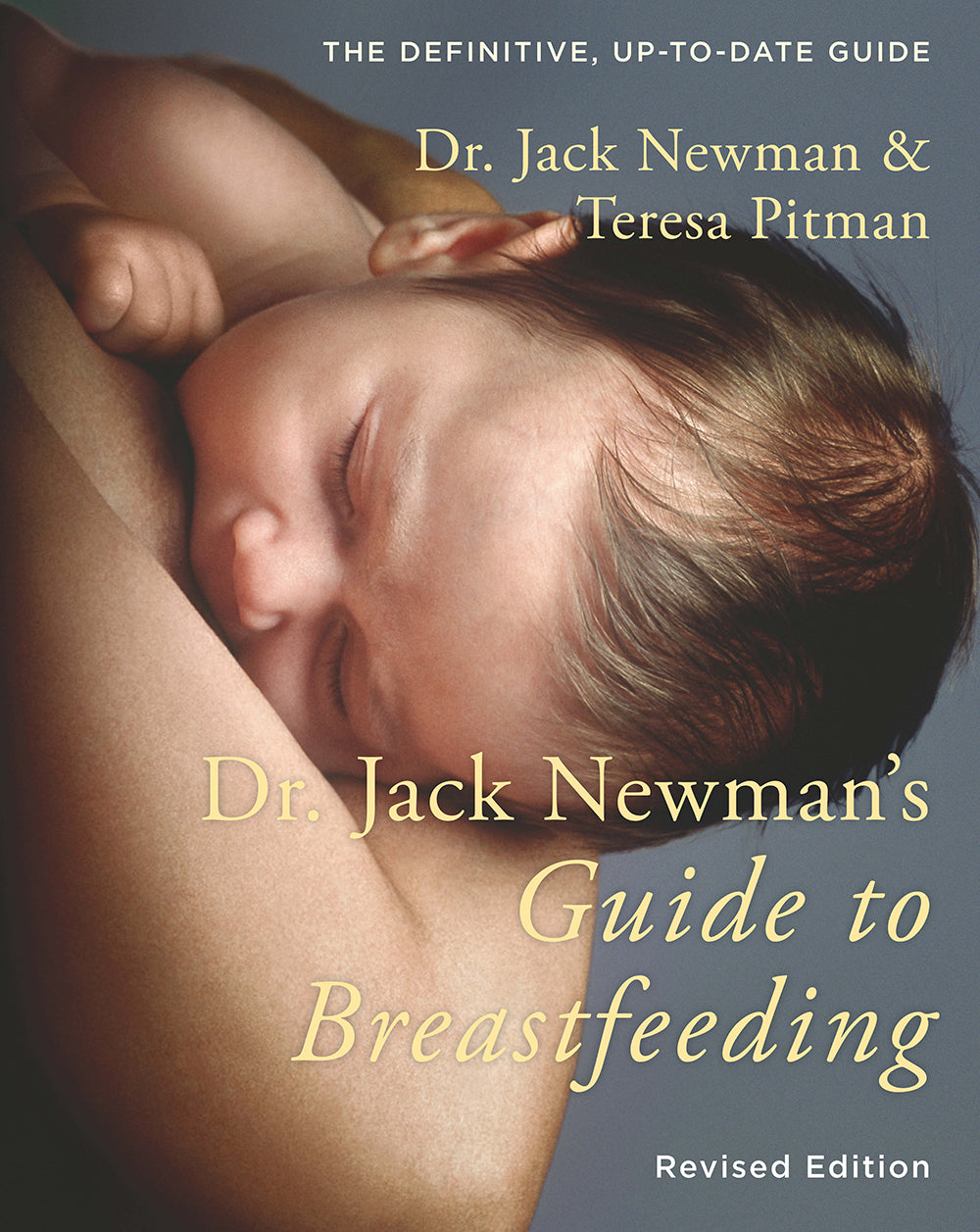Pinter & Martin
Dr. Jack Newman's Guide to Breastfeeding
Dr. Jack Newman's Guide to Breastfeeding
OFFER: 3 for 2 on all our books. We ship to the UK only. For other bookshops that stock our books see here.
Couldn't load pickup availability
Breastfeeding is the natural and healthy way to nourish your baby, yet it's not always easy. New mothers need practical information about getting off to a good start and solving breastfeeding challenges. Health professionals need this information too, because it is rarely taught in medical school. Dr. Jack Newman's Guide to Breastfeeding covers the most common problems and questions that mothers encounter:
- How do I help my baby to get a good latch
- How can I know if my baby is getting enough milk
- How can I help him get more?
- Can I avoid sore nipples?
- Will my medication affect my baby?
- How do I fit breastfeeding into my life when I'm so busy?
The answers are here. Dr. Jack Newman and Teresa Pitman are two of the world's foremost lactation experts and have helped tens of thousands of new mothers find solutions that work. In this comprehensive guide, they share the most current information about breastfeeding and provide new, effective strategies and solutions to make breastfeeding work for you.
Share
ISBN: 9781780662305
Number of pages:
Published:
View full details

